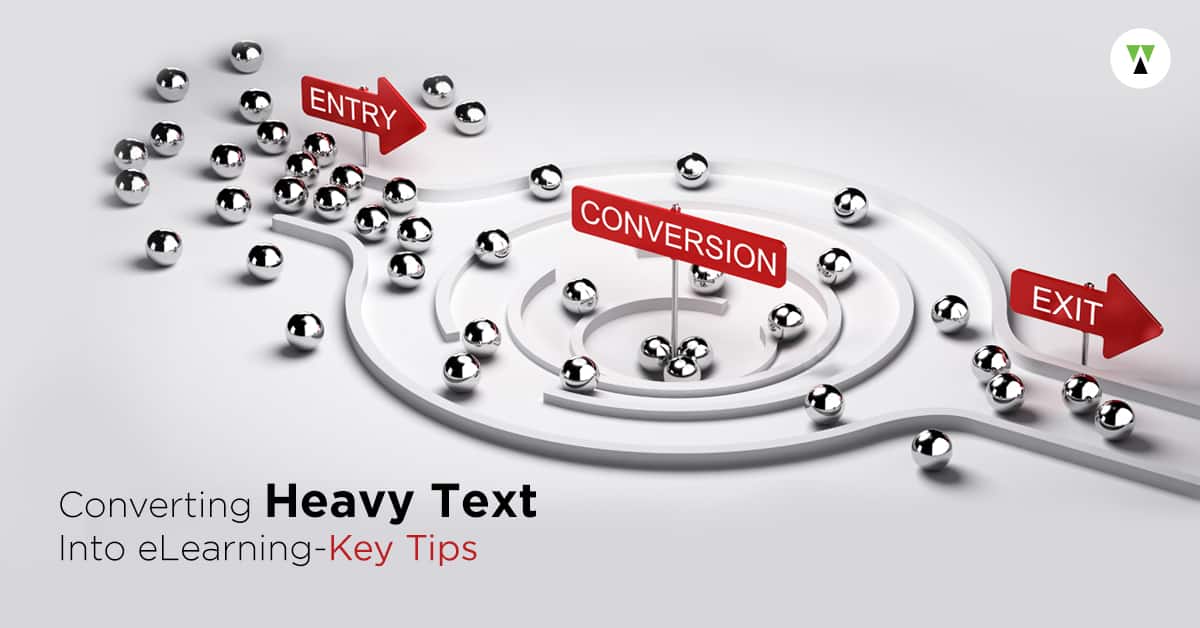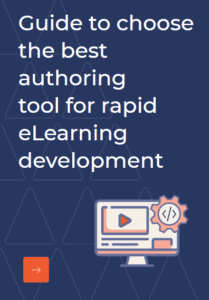In an interesting research published under the title, “Don't throw away your printed books: A meta-analysis on the effects of reading media on reading comprehension”, researchers from Spain and Israel discussed the screen inferiority effect which is related to the reading practices of new generations. The research basically compared various aspects including, content, readers of various age groups, time factors, etc. to analyze how it influenced on-screen and off-screen reading. The research reported that “the two meta-analyses in the present study yield a clear picture of screen inferiority, with lower reading comprehension outcomes for digital texts compared to printed texts.”
However, an important conclusion from the analysis was that there are predictable conditions that seem to allow media equivalence. When it comes to creating good and effective learning solutions, the key is to attain media equivalence. Text-heavy content often makes this tough to attain but can be handled smoothly through proper conceptualization by creating a visual storyboard. But what if the content that is already text-heavy? Here are a few tips on how to convert your text-heavy content into eLearning.
Audience First
You have a lot of content (probably in text-format), so what? Does the audience really need all the content that you have? How much of it do they already know? This awareness should help you churn out a lot of irrelevant, elongated text-based content and leave you with just enough content to be presented in a visually aesthetic way.
Avoid the Clutter
The biggest challenge in converting text-heavy content to eLearning is arranging the content on screen. While storyboarding is the best way to get the right output, the key is to focus on information and aesthetics. Blank or white spaces are often used to create a clear demarcation between content and visuals and to also create a visual hierarchy. Similarly, grouping similar information, using typography, etc. are ways to make the screen look organized.
Visualize=Storyboard
Armed with the learning objectives and audience expectations, create a storyboard to see how the text and visuals can be presented. It is important to consider the screen sizes, and the way content will be split and flow when switching between devices too. And remember when it comes to on screen text the motto should be ‘less is more’. Try to use visuals, videos, etc. to do the saying and if having text is a must use typography, scrollable text, or additional information section (only if absolutely necessary).
Power of Voiceover/Narration
Visuals plus narration is powerful. So, use it as a substitute to the text where a lengthy explanation is required. The texts here can be just supportive elements while the video/pictures do the saying supported by the voiceover.
Give Control
Give learners the freedom to look for relevant content by including scrolling pages, rather than asking them to keep clicking through separate pages. Another way of letting the audience control what they want to see is by adding page progress menu, in case of subject matter that is text-heavy and needs to be so (say for instance compliance standards that cannot be changed). Page progress menu can at least give the audience/user the freedom to skip sections or see how far they have progressed and what they need to cover further on.
eLearning is essentially about engagement, and in most cases, text-heavy content needs to be converted to an interactive format to ensure that the audience remains engaged with it. After all, designing a good eLearning is about overpowering the screen inferiority. While this may not be possible always, converting content to videos or presenting them as infographics, etc. can assist in decreasing the text-load to a great extent.
How do you utilize text-heavy content in eLearning? Do let us know.



